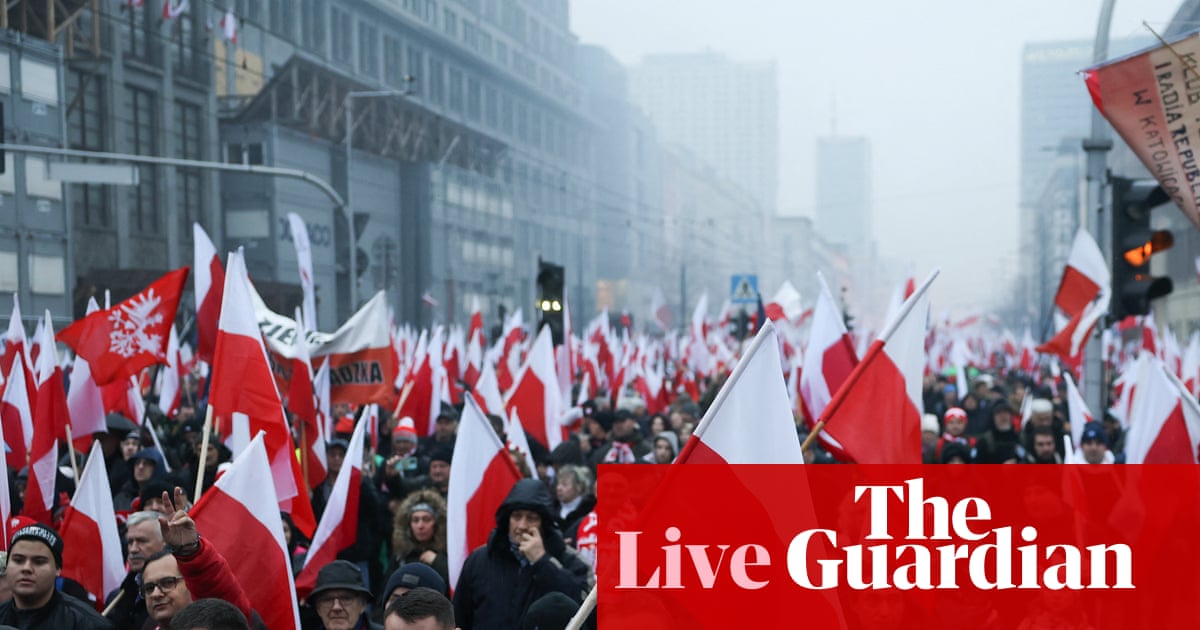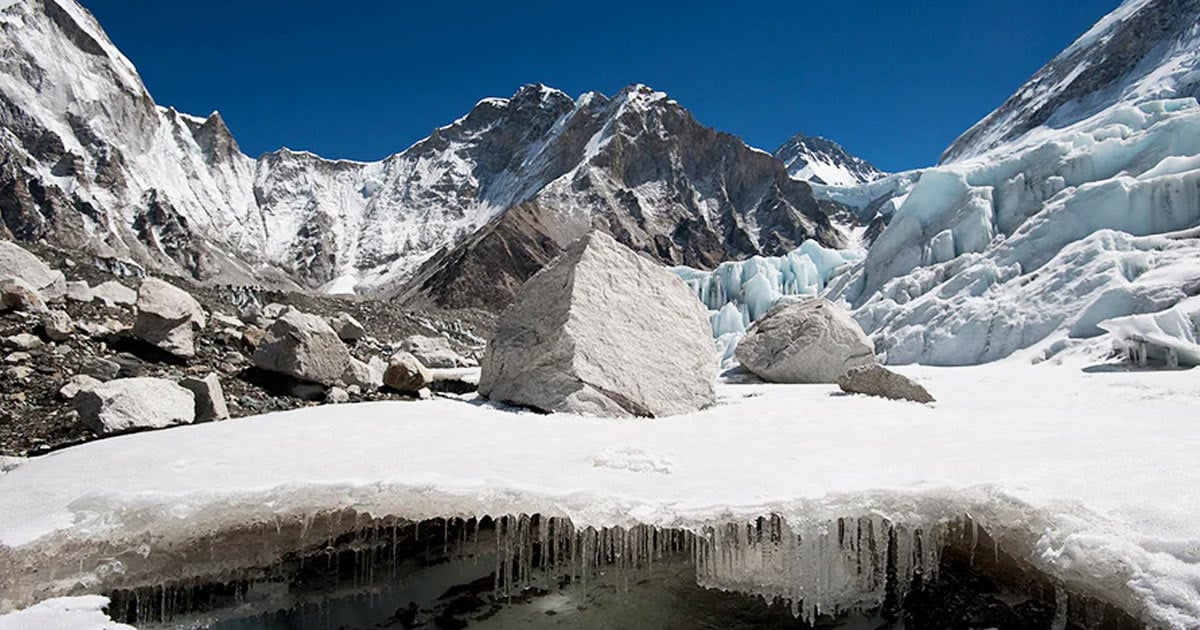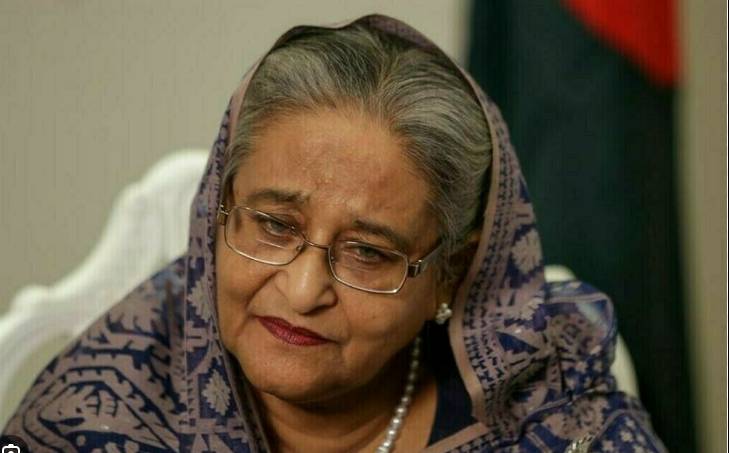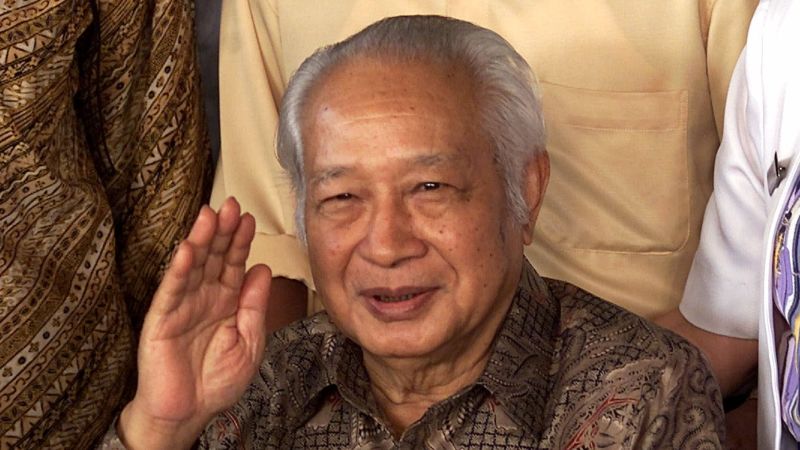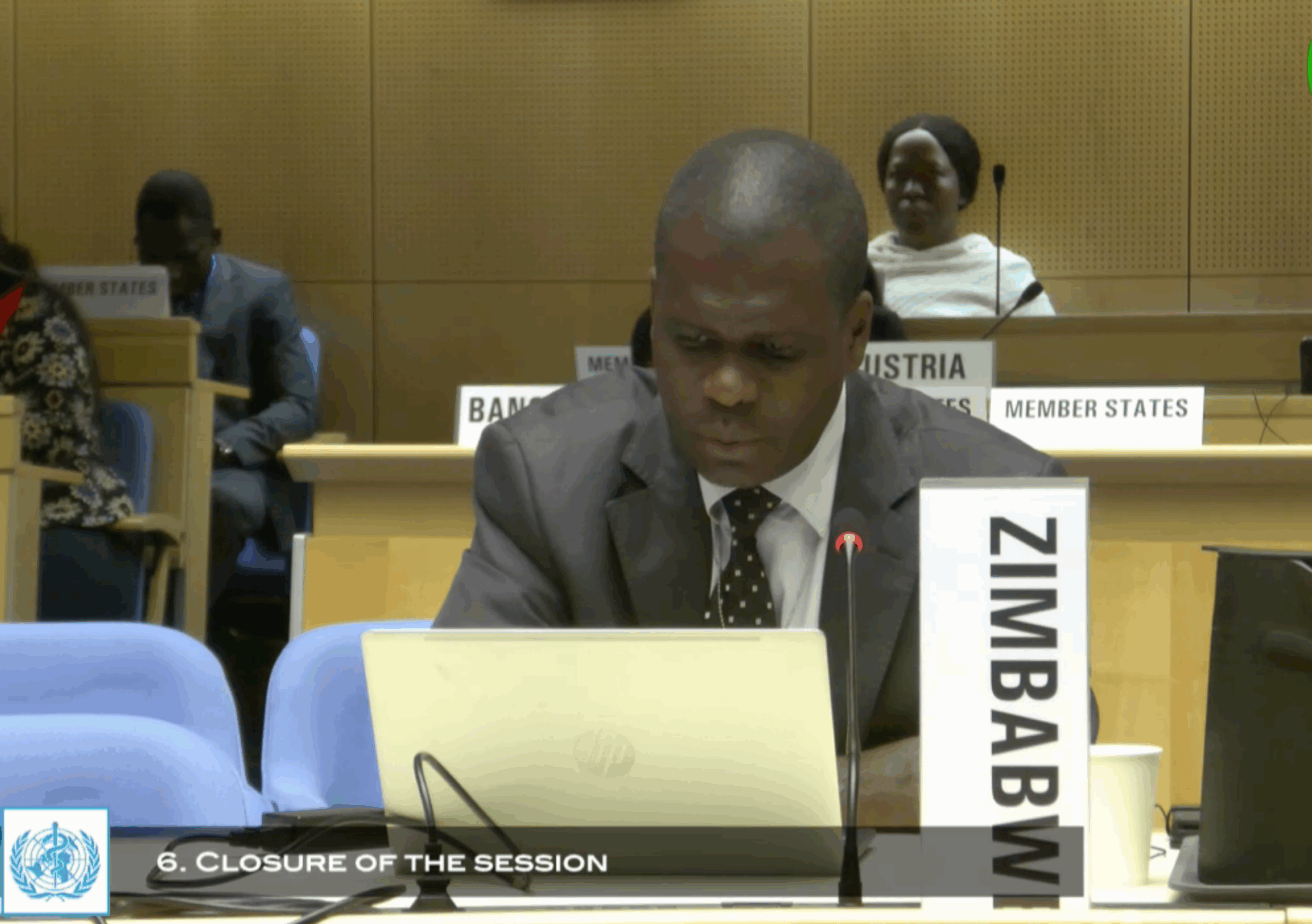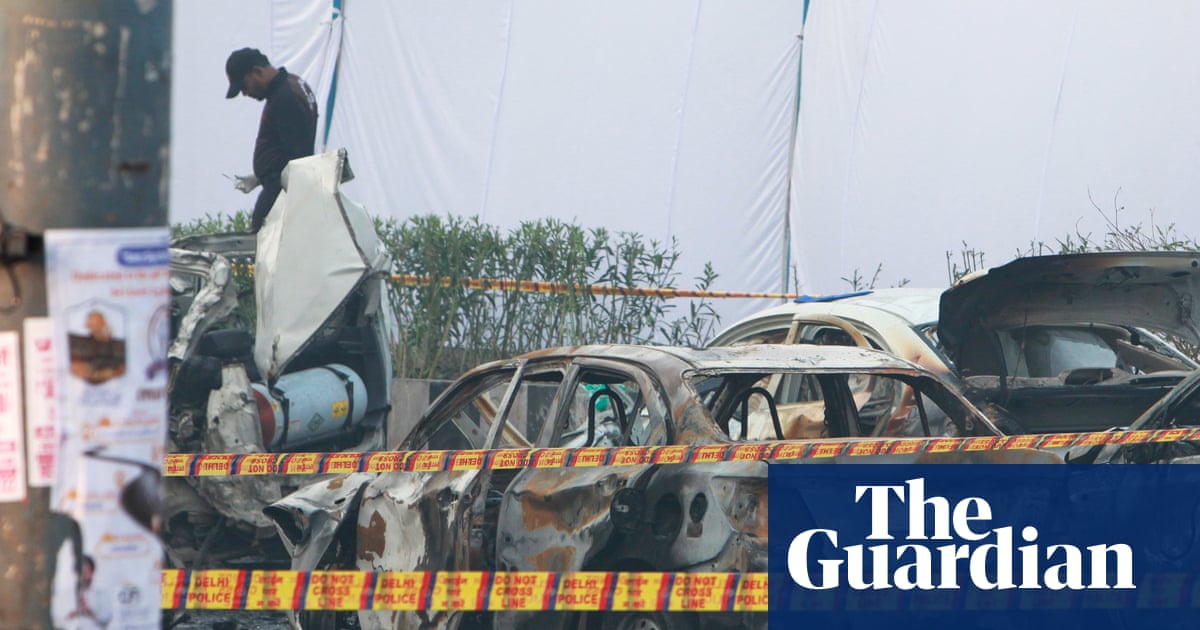Countries are gathering in Brazil at the COP30 summit to take stock of climate change. As in past summits, the negotiations are starting on the back foot: countries already aren’t meeting their goals to…
Crowds gather in Warsaw as controversial Independence March gets under way
Jakub Krupa
Meanwhile over in Poland, tens of thousands of people are taking part in the Independence March in Warsaw, organised primarily by nationalist and far-right…

